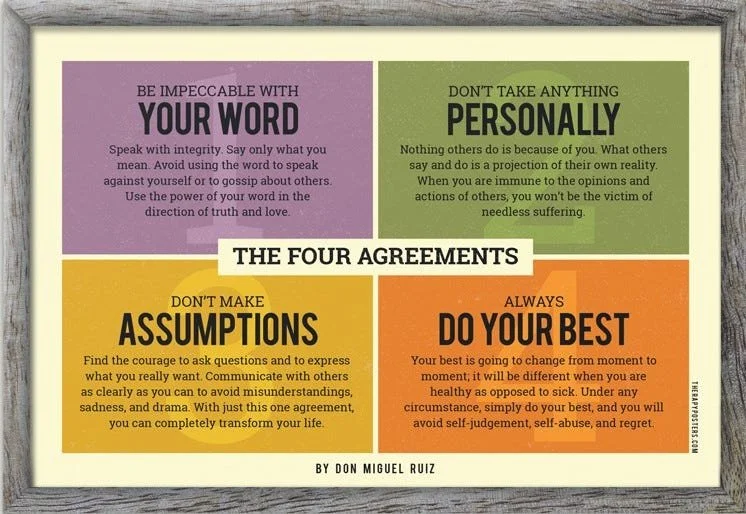“Culture eats strategy for breakfast” is management guru, Peter Drucker’s most famous quote. Nowhere is this truer than in partnerships. Partners work across organizations and sectors and must adapt to diverse approaches and styles. More often than not, focus is put on building project strategies but not on HOW the project goals will be achieved – through a culture and mindset of collaboration. The soft stuff is always the hard stuff. So how do you create a partnership culture to drive success?
10 Real Signs of Partnership
Since I started my consulting firm over seven years ago, partnership – brokering, coaching, training and advocating for them, has been a central part of my practice. But sadly, partnership has become a blanket phase to describe many “business as usual” organizational relationships. It is beginning to lose its true meaning. This is especially disillusioning when the term ‘partnership’ is used as a soother, a calmative, to disguise the real challenge and struggle of collaborating meaningfully.
An Update on Shared Value Around the World
So far, 2017 has been a year of stability and scaling for shared value. Shared value was introduced over six years ago as an innovative new approach addressing social needs with a business model to achieve social and economic value. While some of the initial excitement has faded, many companies have found success with this strategy and are reaping the benefits of more effective community-business relationships while creating new economic value.
Partnership Brokers Training – Applications Now Open!
We are delighted to announce the Partnership Brokers Association together with JS Daw & Associates and Edmonton Chamber of Voluntary Organizations is now accepting applications for the four-day foundational Partnership Brokers Training course. This course will be held in Edmonton from October 3rd - 6th, 2017. Click here to learn more and apply.
Social Purpose Marketing for Behaviour Change
Recent years have seen a huge increase in companies getting involved in social purpose marketing. Rather than solely throwing money at a cause, companies are taking a stand and educating the public about underlying social issues. Advocacy and educational campaigns add authenticity and a personal connection to community investment initiatives. Social purpose marketing isn’t just about doing good for the community, it has also been shown to have unique business benefits.
The Future of Cause Marketing
Cause marketing has changed rapidly in recent years and these changes have the potential to impact their contribution to the nonprofit sector. With the rise of online shopping, and many retailers closing up physical stores, the popular point-of-sale requests are becoming less viable. Fortunately, even with all of these changes, there are still ways to get customers involved and create a successful campaigns that support organizations both in raising money and awareness.
Experts Weigh in on the Future of Business Giving
Business giving is changing and nothing reflects this more than how they interact with charity. So how exactly is it changing and how can you ensure you're prepared for the road ahead? To answer that question, Joe Waters from Selfish Giving asked 26 experts to share their insights into this rapidly changing landscape. Here's what they had to say:
A Guide for Business: Engaging with the SDGs
The Sustainable Development Goals are a clear call for all sectors to get involved and momentum is building across all sectors. The SDGs heralds a significant change from the earlier UN Millennium Goals. Today, Business is expected to be a critical partner in accomplishing the goals along side non-profits and government. So are they ready?
Partnerships at the Heart of the UN Sustainable Development Goals
The 17th Sustainable Development Goal stands out as different from all the others. While the other goals focus on tangible improvements to quality of life around the world, the 17th is the means, the “how” to accomplish the other goals. By highlighting partnerships as the 17th Sustainable Development Goal, and the United Nations has made a call to action for multi-stakeholder collaboration.
Sustainable Development Goals: Why Should You Care?
The Sustainable Development Goals (SDGs) were developed through the United Nations in September of 2015 as a means to end poverty, protect the planet and ensure prosperity for all. Each goal has specific targets lined out with an ultimate goal of completion by 2030. A year has already passed and the goals are gaining momentum.





